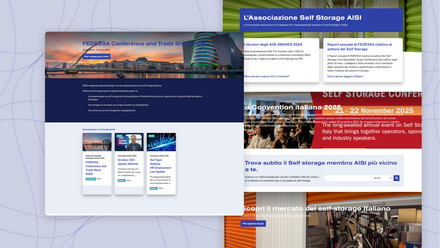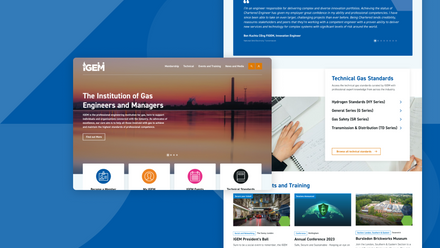5 steps to unifying data for continuous improvement
A unified view of your members is essential if you want to personalise member experiences, increase engagement and get deeper insights into your membership. When you bring multiple data sources together it’s important to take a comprehensive approach which optimises and organises your data effectively. Here are 5 key steps and best practices to ensure successful data integration:
1. Conduct a comprehensive data audit
- Evaluate the accuracy, completeness, and consistency of data in a detailed inventory of all data sources, including CRMs, CMSs, spreadsheets. Document formats, structures, and types of data used in each source.
- Standardise data formats for dates, addresses, phone numbers, and other fields. Create a data dictionary that defines each data field, format and acceptable values. Ensure your naming conventions are consistent across all data sources to avoid confusion during integration.
2. Cleanse, validate and transform data
- Remove duplicates to prevent redundancy, correct errors and inconsistencies such as misspelt names or incorrect contact information. Fill in missing information to address data gaps. ReadyMembership’s merge tool makes it easy to remove duplicates and old records. Ensure that data is organised consistently to improve integrity.
- Convert data into the required formats and structures and map how data fields from different sources will align in the unified platform. The ReadyMembership team helps clients map out their data requirements
3. Optimise your data architecture
- Looking to grow your membership or diversify revenue streams? Your data architecture needs to be scalable so that it can handle growth and increasing data volumes. Use appropriate indexing strategies to improve data retrieval performance.
- Cloud-based data warehousing allows you to consolidate and manage your data effectively. With ReadyMembership, each client has their own virtual server instance, configurable to their needs.
4. Establish data governance policies
- As we have discussed, good governance is essential for an effective data strategy. Define data ownership by assigning responsibility for data management and quality to specific roles or teams. Set permissions and access levels to protect sensitive data and ensure compliance with regulations.
- Create data quality guidelines - develop and enforce policies for maintaining data quality during and after the migration.
5. Implement continuous improvement practices
- Establish continuous monitoring by using monitoring tools to track data quality and integration performance. Continuously gather and act on feedback from your stakeholders to improve data management processes. Make sure you stay up to date with industry best practices and emerging technologies to continuously improve your data management strategy.
Once you have completed these steps you need to plan your data integration. This involves designing your data migration workflow - outlining and testing the steps and processes for moving data from each source to your new unified platform. Of course it’s important to keep your data quality under review as you go through the migration process and review and adjust based on audit findings and stakeholder feedback.
You should also document all changes during the preparation and migration process and keep your stakeholders informed about data plans and progress.
Train your staff on your new unified platform and data management processes - a good tech partner will support each step of your data journey.
Download your free guide to continuous improvement for enhanced member value:






